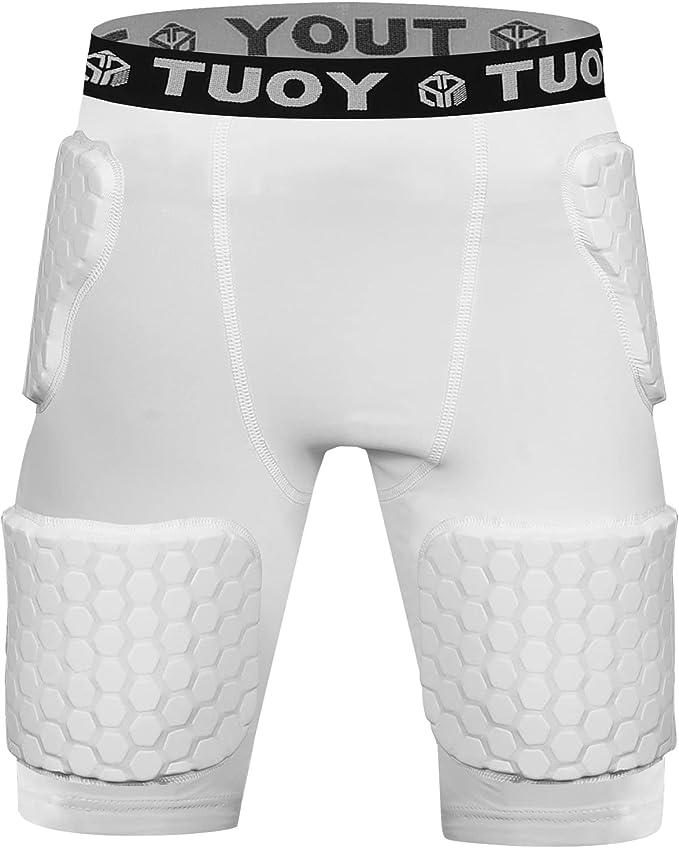Choosing the right football girdle for your position is crucial for optimal performance and protection on the field. With so many options available, it can be overwhelming to find the perfect fit. In this guide, we will discuss four essential points to consider when selecting a football girdle based on your position.

Position-specific Needs
Different positions in football require varying levels of mobility and protection. When choosing a girdle, it’s essential to determine the specific needs of your position. For example, linemen need extra protection on their hips and thighs due to the physical nature of their role. Quarterbacks, on the other hand, may prioritize mobility over excessive padding. Consider the demands of your position when evaluating the level of protection and flexibility required in a girdle.
Material and Construction
The material and construction of a girdle play a significant role in its performance and durability. Look for girdles made of high-quality, breathable fabrics that offer moisture-wicking properties. This feature helps keep you cool and dry during intense workouts or games. Additionally, girdles with reinforced stitching and durable materials will withstand the rigors of football and provide long-lasting protection. Consider materials like spandex or compression fabrics that offer a snug fit without restricting your movement.
Fit and Comfort
Comfort is key when choosing a football girdle. A proper fit ensures that the girdle stays in place during physical activity without causing discomfort or distractions. Look for girdles with adjustable waistbands, straps, or drawstrings to achieve a customized fit. The girdle should provide a snug feel while allowing freedom of movement. Avoid girdles that are too tight, as they can restrict circulation and hinder performance. Similarly, avoid girdles that are too loose, as they may not provide adequate protection.
Flexibility and Mobility
Football is a sport that requires quick movements, agility, and flexibility. When selecting a girdle, prioritize models that offer maximum mobility. Look for girdles with stretchable fabrics that allow for a wide range of motion without hindering performance. Additionally, consider girdles with strategically placed padding that doesn’t restrict movement. Flexibility is especially crucial for positions that require frequent running, such as wide receivers and running backs.
Additionally, it’s important to note that some girdles have position-specific designs. For example, girdles for linemen often have extra padding in the hips and thighs, while girdles for quarterbacks may have minimal padding and a more streamlined fit. These position-specific girdles are designed to meet the unique needs of each position, providing the right balance of protection and mobility.
When selecting a football girdle, keep in mind that it’s not just about the girdle itself but also how it interacts with the rest of your equipment. For example, consider how the girdle will fit with your pads, pants, and jersey. You want a girdle that fits snugly and doesn’t cause any bunching or discomfort when worn with other gear. Additionally, consider how the girdle will affect your range of motion and mobility when wearing other equipment.
Conclusion
Choosing the right football girdle based on your position is crucial for optimal performance and protection. Consider the specific needs of your position and prioritize factors like material, construction, fit, and mobility. Look for girdles that offer the necessary level of protection while allowing for maximum flexibility and comfort. Remember to try on different options and evaluate their fit before making a final decision. By selecting the right football girdle, you can enhance your performance, stay protected, and focus on the game with confidence.